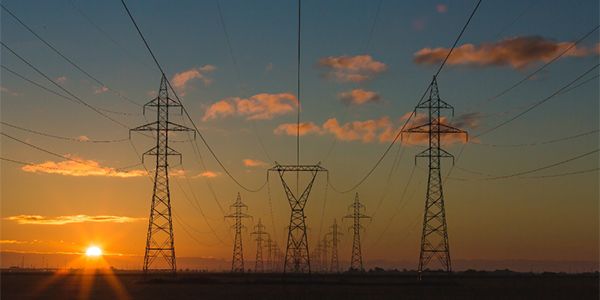Resilience enhancement for electric power and energy systems

Securing electric power and energy systems against cyber-attacks and other threats is of fundamental importance to maintain an uninterrupted power supply. However, incidents may not always be avoidable, raising the need to increase the resilience of the energy infrastructure. PHOENIX is addressing this concern, investigating the fault-tolerant implementation and deployment of functions to provide self-healing capabilities to energy infrastructures.
Due to the high dependency of modern society and industry on electrical energy, it is of fundamental importance to maintain an uninterrupted power supply. Increased energy demand and higher penetration of volatile and distributed generation are challenging for grid operators, while the increased use of Information and Communication Technologies (ICT) in the power system introduce new vulnerabilities. At the same time, distributed generation and increased use of communication and edge computing can offer more flexibility, enabling a more dynamic grid operation and the short-term reaction to any incidents in the cyber- or physical infrastructure, which can be used advantageously to make EPES more resilient.
Even if advanced Intrusion Detection System solutions are deployed to protect EPES infrastructures from cyber-attacks, the risk of a successful attack cannot be completely eliminated, due to various reasons:
- Budgets for cybersecurity might be limited, offering only a certain level of protection
- Unknown threats may arise, new vulnerabilities might be detected and exploited by threat agents
- Human failure might prevent a quick and appropriate reaction to counteract cyber-attacks
- Human failure might enable threat agents to compromise protected systems
The enhancement of EPES infrastructures with fault tolerant self-healing functionalities is aiming to address this remaining risk of successful attacks and resulting failures while utilizing both planning-based and operation-based strategies for this purpose. A selection of enhancement measures that is investigated in PHOENIX is shown below.
| Enhancement class | Enhancement measure | Target domains |
| Planning-based strategy | Introduction of replication and virtualization logic | Communication systems and EPES IT systems |
| Planning-based strategy | Utilization of blockchains and interledger-transactions | Communication systems and EPES IT systems |
| Operation-based strategy | Self-healing functions | Communication systems, EPES IT systems, and EPES electrical systems |
| Operation-based strategy | Survivability and recovery methods | EPES electrical systems |
It has been shown that a combination of these measures provides better results compared to applying measures separately [1]. Considering the operation of an electrical grid segment, implementing a fast fault localization algorithm certainly helps to quickly localize and isolate the fault. It also provides the prerequisite for subsequent restoration measures, e.g. by a network reconfiguration algorithm to reconnect lost loads as proposed in [2]. However, as long as these algorithms are deployed on dedicated hardware devices, there is still a risk of these devices failing due to sabotage, cyber-attacks or loss of power supply. Hence, these algorithms and their dedicated hardware are a single point of failure.
To overcome this single point of failure, functions can be virtualized, instead of deploying them on dedicated devices. Virtualized functions can then be migrated and recreated in case of device failures, taking advantage of a redundant physical infrastructure of edge computing capacity, as shown in [3].
In PHOENIX, we are aiming to both improve the individual measures and use them to their full potential by combining them. Our goal is to provide self-healing capability to the electrical grid in a fault tolerant manner, maintaining availability of the implemented functions even in case of device failure.
References
| N. Wirtz, A. Dognini, A. Sadu, A. Monti, G. Brito, G. di Orio, P. Maló und C.-S. Nechifor, „Securing CEI by-design,“ in Cyber-Physical Threat Intelligence for Critical Infrastructures Security: A Guide to Integrated Cyber-Physical Protection of Modern Critical Infrastructures, now publishers inc., 2020, pp. 245-274. |
| A. Dognini, A. Sadu, A. Angioni, F. Ponci und A. Monti, „Rule-Based Optimization Algorithm for Service Restoration of Active Distribution Grids,“ in (currently under revision). |
| G. Di Orio, G. Brito, P. Malo, A. Sadu, N. Wirtz und A. Monti, „A Cyber-Physical Approach to Resilience and Robustness by Design,“ International Journal of Advanced Computer Science and Applications (IJACSA), 11(7), 2020. |












